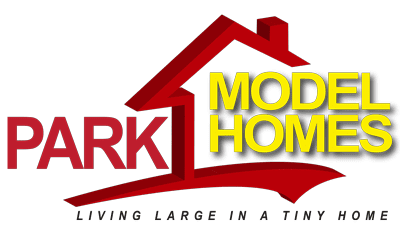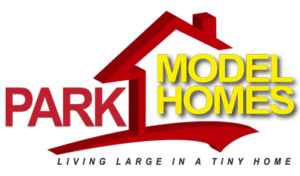In our post last month, we went over 7 Reasons Park Model Homes Make Great Rentals. Park model homes are flexible, affordable, easy to clean, maintain and customize, and all the rage right now among short-term and long-term renters.
If you are thinking about starting up your own tiny house rental business, you are on the way toward increasing your income. But how do you proceed? Below is a simple, step-by-step guide to starting your own tiny house rental business.
- Decide on a geographical area for the tiny house rental.
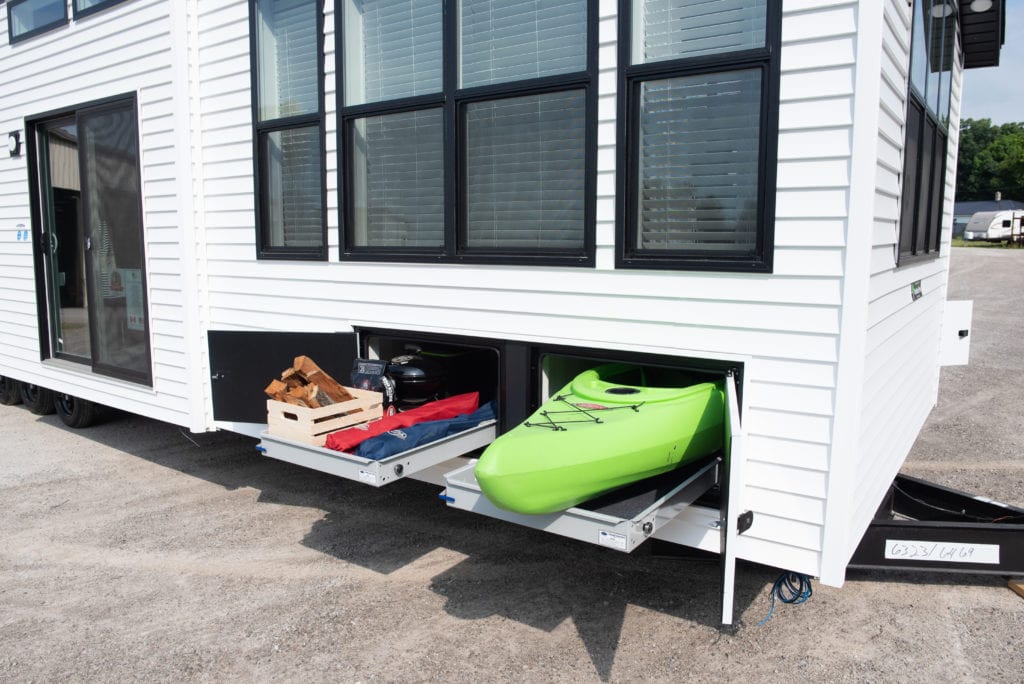
The very first step is to decide what general geographical area you want to place the tiny house in. Do your research to find out where there is demand for tiny rentals. Consider other factors as well, like your proximity to the location. If you plan to spend some time in your own rental property each year, you may also want to prioritize choosing an area that appeals to you personally.
- Learn about the zoning ordinances and building codes for that area.
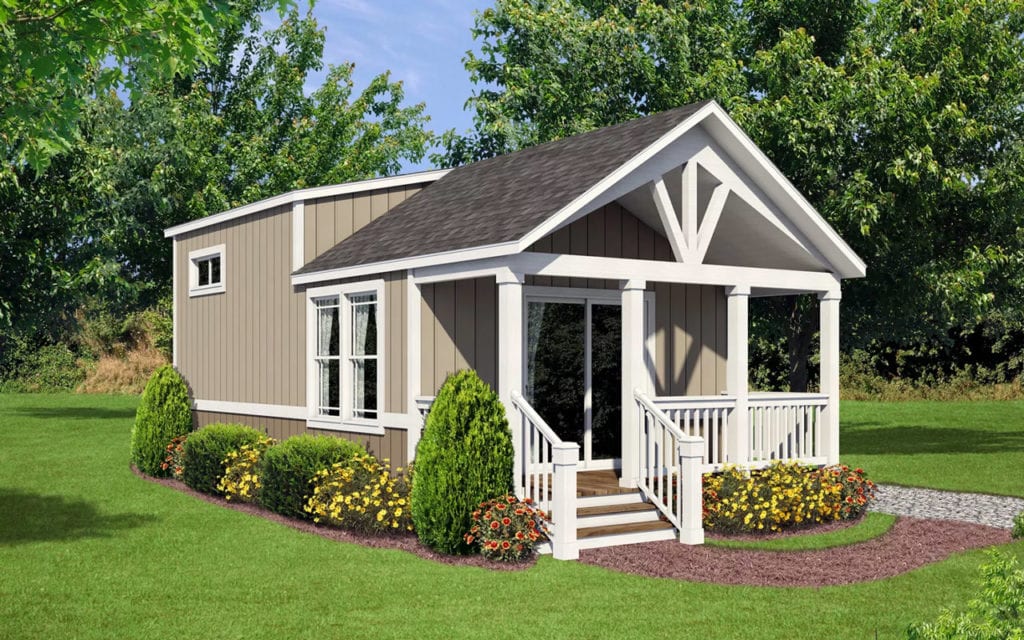
The next step in the process is to check with the zoning departments for the cities and counties where you are considering placing your rental.
Tiny house laws are complicated, and in many states, they exist in a gray area. While they are legal on a state-wide basis throughout the US, individual cities and counties usually have the final say on if they are legal locally, and what building requirements they must meet.
- Figure out what type of tiny house rental you want to build, and exactly where you wish to place it.
There are multiple types of tiny houses, including park model homes, modular houses, tiny houses on foundations, tiny houses on wheels, and accessory dwelling units (ADUs).
Park model homes make convenient choices for rentals, since they can be relocated later down the line if needed, and are so spacious and comfortable.
It is useful to know that they are technically classified as recreational vehicles (RVs) from a legal standpoint, and must conform to the laws that govern RVs.
In some municipalities, you may be able to place a park model home on your own private land. In others, you might have to place it in an RV park, mobile home park, or tiny house community.
- Form your business.
After you decide on a type of tiny house, and what type of property you want to put it on, you can officially form your business. Many rental property owners choose to create an LLC for its tax advantages and protection from personal liability.
This is also a good stage to start shopping for insurance for your park model house and business.
- Choose a tiny house company to work with.
Next, you can contact a tiny house company to design and build your park model home for you.
- Incorporate features into your design that will maximize your return on investment and minimize maintenance.
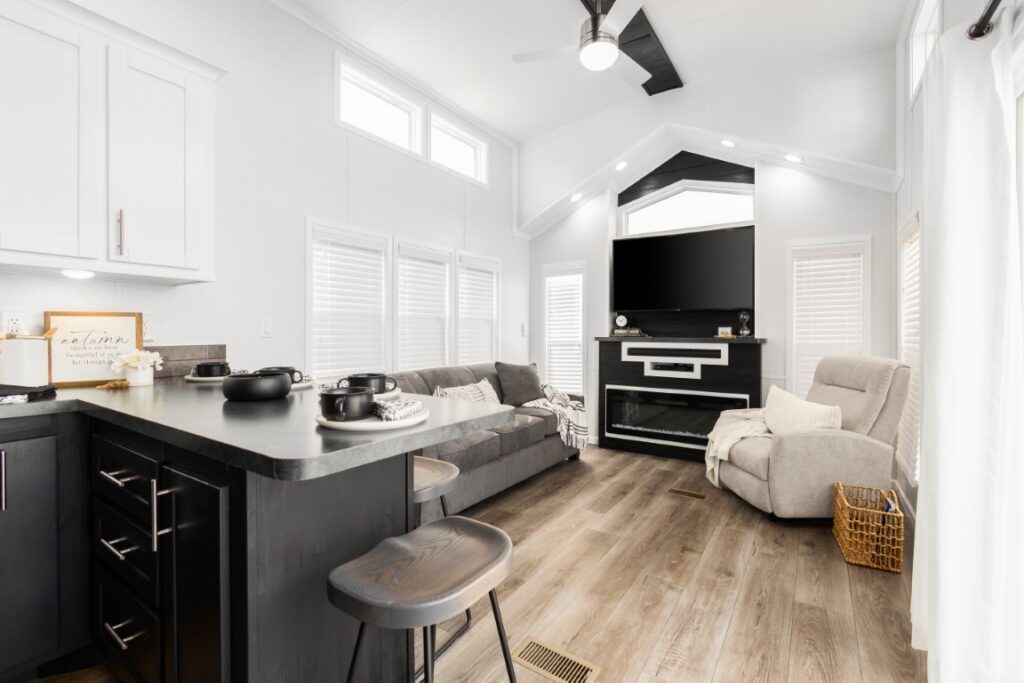
Choose a park model home floor plan from the existing models that the company sells, or work with a designer on the team to create a custom floor plan. When you work with Park Model Homes, you can personalize one of our many plans to suit your needs.
Obtain financing, if you do not already have it. We offer multiple financing options to give you financial flexibility.
Then, it is time for construction to begin. We will keep you in the loop throughout the process with reliable communication.
- Install your tiny house.
Once the tiny rental unit is completed, it just needs to be shipped to your location, where it can be placed on your foundation. You can connect the utilities, and then do any additional steps you need to in order to get it ready to start accommodating tenants. That could involve adding furnishings (though our park model homes are turn-key houses that come with furniture and appliances), décor, and so on.
- Come up with policies for your rental.
Before you can begin renting out your property, you will have to come up with comprehensive policies and procedures for your guests. Here are some items to address:
- What is the minimum stay you will allow in your tiny house rental?
- What is the maximum stay you will permit in your tiny rental?
- What is the procedure for checking in?
- What is the procedure for checking out?
- How far in advance will you accept reservations?
- What is and is not allowed inside the tiny rental house? Can guests smoke? Can they bring pets or children? Can they wear shoes indoors? Can they have guests over? Are there certain rooms they cannot bring food and beverages into? Can they have parties?
- When do quiet hours go into effect?
- What are the rules regarding cleanliness and property upkeep? What are the consequences for damage or excessive messes?
It is up to you how stringent or lenient you want your policies to be. But just make sure they are clear.
Along with adding your rules to your listing for your rental, you will need to incorporate them into your rental agreement. As this is a legal document, you may want to seek legal advice when you are drafting it.
- Advertise your tiny house rental.
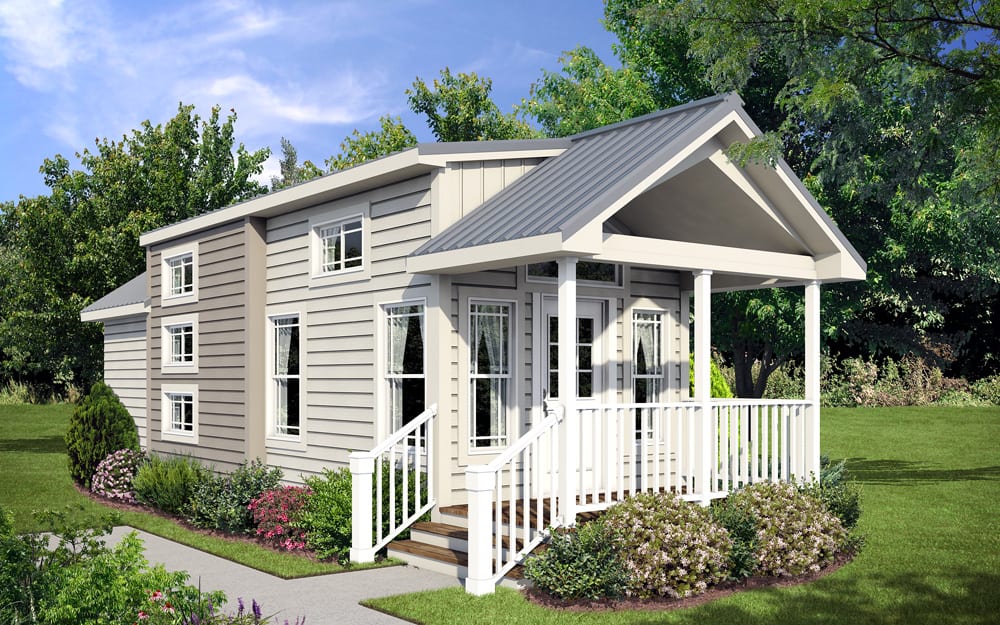
Once you have written up your policies, you can draft marketing materials for your park model home rental. You can then start advertising your rental online.
Build Your Park Model Rental Now
While there are a number of steps involved in starting a tiny house rental business with a park model home, it is a relatively straightforward process.
If you are ready to find a park model home floor plan that will be ideally suited to your rental business goals, please give us a call. We will help you customize one of our beautiful tiny houses to start renting out to tenants or guests.
